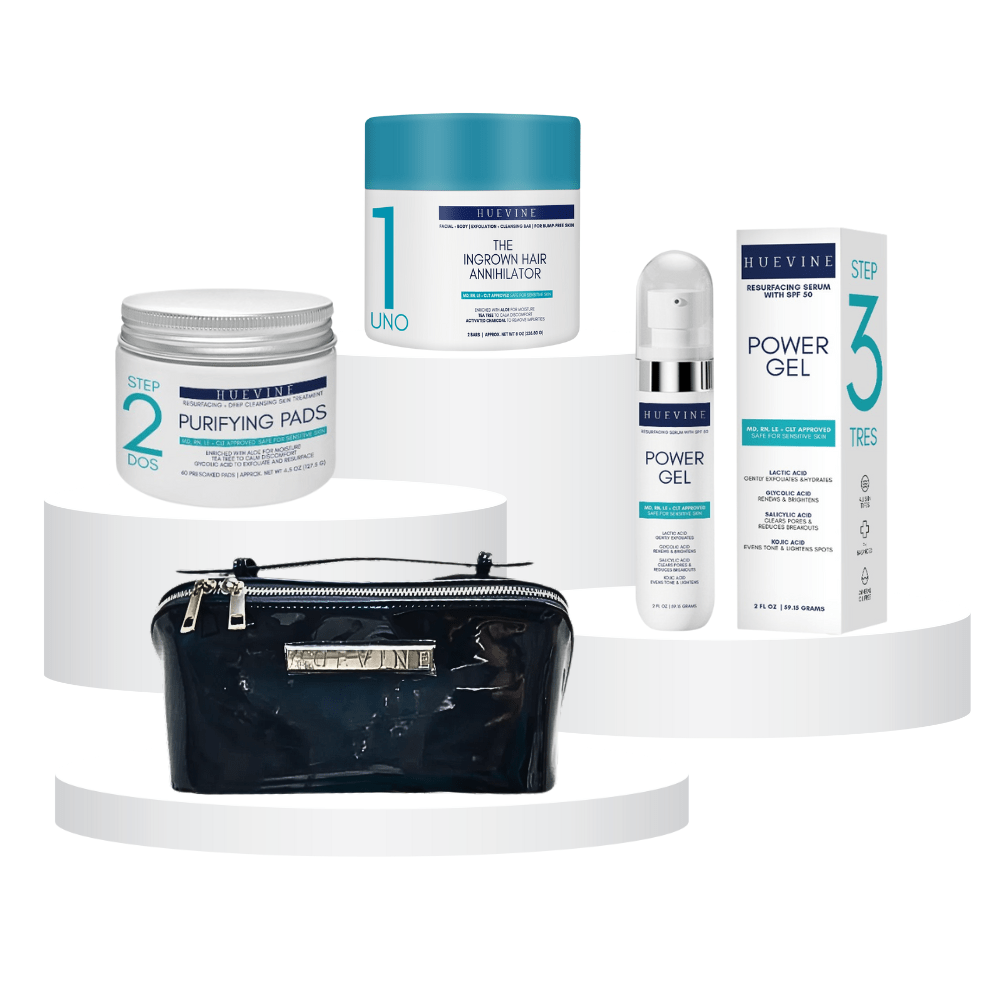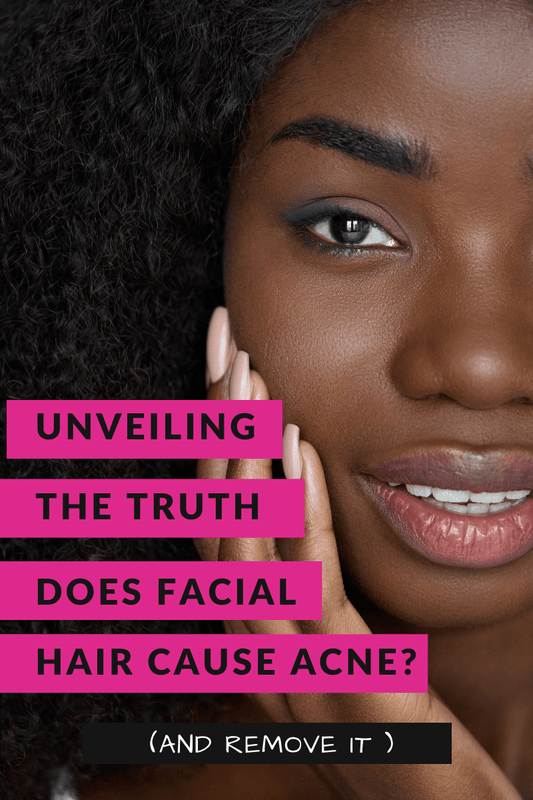You’ve come way beyond your teenage years, but you’re still grappling with nasty acne. And as if it were not enough, your skin has taken a turn for the worse. It’s excessively oily. The pimples sprout and die faster than you can keep track of it. Your skin also looks blotchy.
Why is your skin behaving so unusually all of a sudden?
These could be symptoms of polycystic ovarian syndrome. We’ll give you the lowdown on it.
How does PCOS affect your skin?
- Darkening of skin in patches
- Acne and oily skin
- Unwanted hair growth
- Male pattern baldness
- Skin tags
The skin becomes noticeably dark, a brown or blackish color, in patches especially along skin folds. The common areas include under the breast, along the neck, inner thighs, arms and the underarms. The patches also take on a velvety appearance. It is thicker to feel. This condition is called acanthosis nigricans.
Acne breakouts are common in women with PCOS. It happens because of the overproduction of testosterone, and the skin cells are very sensitive to these changes. The acne develops mostly on the face, but also on the back and chest in some women. Acne is accompanied by oily skin.
Skin tags occur as a symptom of PCOS although it is not as common. They are benign growths in the armpits, along the neck, groin folds and on the eyelids.
Unwanted hair growth, called Hirsutism, this is a condition characterized by excessive and thick hair growth on unwanted areas of the body. The androgens are responsible for it. Unwanted hair growth on the face (chin, sideburn and upper lip), body (chest, back and abdomen) and around the nipples is a major cause of embarrassment. While for some it’s unwanted hair growth, for others it’s a matter of balding. It’s called male pattern baldness and is caused by the same hormone. You start to lose a lot of hair.
How do you get things back to normal?
It is hard to treat polycystic ovarian syndrome, but there are a few steps you can take to restore the natural function of the body. They can help address the skin and hair issues.
- Shaving and waxing are hair removal methods you can use to get rid of excess hair. Laser hair removal is an alternative too, only it’s expensive.
- You can treat skin discoloration by using a skin lightening cream. Daily exfoliation and the use of sunscreen before you step out will prevent the patches from getting darker.
- For acne and oily skin, use a conditioner that helps control oil buildup.
- Since obesity/being overweight and PCOS go hand-in-hand, you must correct your diet to maintain normal healthy weight. Limit the amount of processed foods and increase the intake of fruits, vegetables, whole grains and lean meats.
- You need to lose weight if you are obese. Hence, regular exercise becomes a must.
- Issues of hair loss can be treated with over-the-counter products.
Before doing anything else, you should speak to a gynecologist. You will also need prescription medication to treat the hormonal imbalance in the body.
Other facts you need to know
- Polycystic Ovarian Syndrome is the result of a hormonal imbalance. To be specific, an excess of the male hormone, androgen in the female body.
- Insulin resistance also causes this condition as an excess of insulin further increases the production of androgen.
- 1 in every 15 women suffers from PCOS.
- It can affect girls as young as 10 and 12 years. They show earlier signs of puberty.
- The dominant symptoms are irregular or unusually heavy periods.
- It might lead to the growth of cysts on the ovaries and cause difficulty in conceiving.
- It also causes frustrating skin and hair-related issues namely excessive hair growth or hair loss, acne and oily skin, skin tags and pigmentation.



